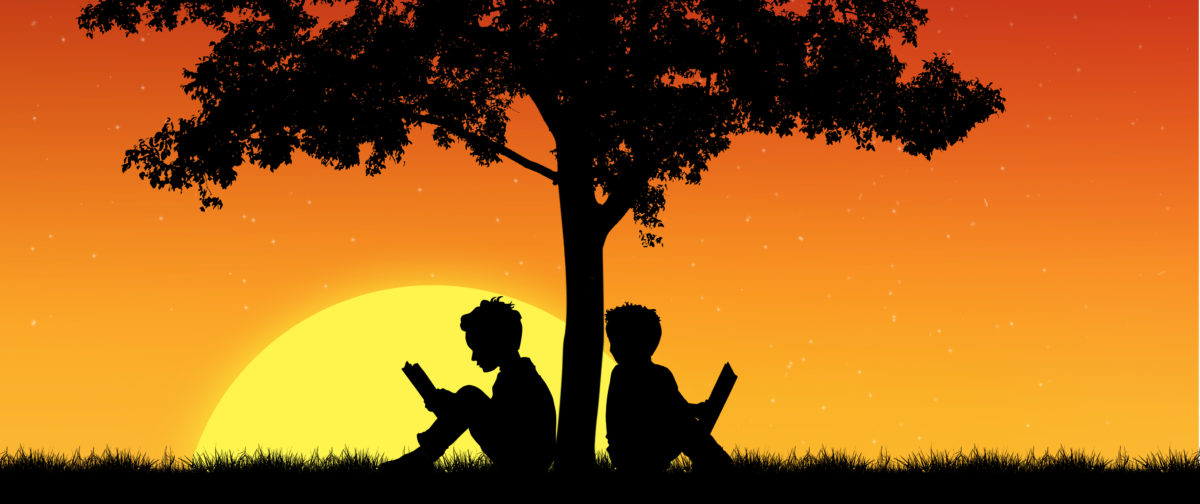We started this website in 2016 partly because we kept coming across stories from Black British history that we didn’t know about. Sometimes they were stories that we should have known but had simply missed, but often they were stories that were tucked away in obscure places that needed a lot of effort to find. We felt that much of this hidden history deserved to be more widely known. On the home page of the site we express this as
‘we are keen to raise awareness of the black and mixed heritage people who have played a part in shaping the way society looks today but whose role has been overlooked or not given the credit they are due’
We started to do our own research aimed at bringing previously untold stories into the light and we had some early successes. But we have been greatly helped by the contributions of Bill Hern, Audrey Dewjee and John Ellis, who share our passion.
This preamble introduces you to fresh contributions from Audrey and John.
It seems to us that Audrey has done more to identify the presence of Black and mixed heritage women from the Caribbean in the armed services during WW2 than anyone else. Today we publish her third article on the subject. In the previous two she has written about women from the Caribbean who served in the ATS (Auxiliary Territorial Service, the women’s branch of the British Army), in her third article she turns her attention to the WAAF (Women’s Auxiliary Air Force).
Through painstaking research she has identified the names of almost a hundred women from the Caribbean who served in the WAAF. Many were white but some were Black or of mixed heritage. Fascinating in its own right, the article also offers a gateway for anyone interested in doing further research in this area. Audrey tells us what became of the handful of the women after the war but, as she herself acknowledges, there is much, much more to find. If one of these ladies was an ancestor of yours we would love to hear from you!
Audrey’s latest article is here: https://www.historycalroots.com/west-indian-women-in-the-waaf-in-world-war-2/
Meanwhile John Ellis has also been busy. He has previously written about women of colour in Newgate Gaol in the nineteenth century but, during the course of his research for that article, he actually identified all those of colour, men and women, who are mentioned in the prison records. John believes this list quite possibly contains the largest number of references to individuals of colour for this period thus far identified. He has not researched the men but, as with Audrey’s article, there is a wealth of information that might be of use to anyone researching the history of this period. A link to the database including all the information John discovered has now been added to the original article, there are a large number of ‘people of colour’ previously unknown to history:
https://www.historycalroots.com/forgotten-stories-women-of-colour-in-newgate-gaol-1817-1882/







